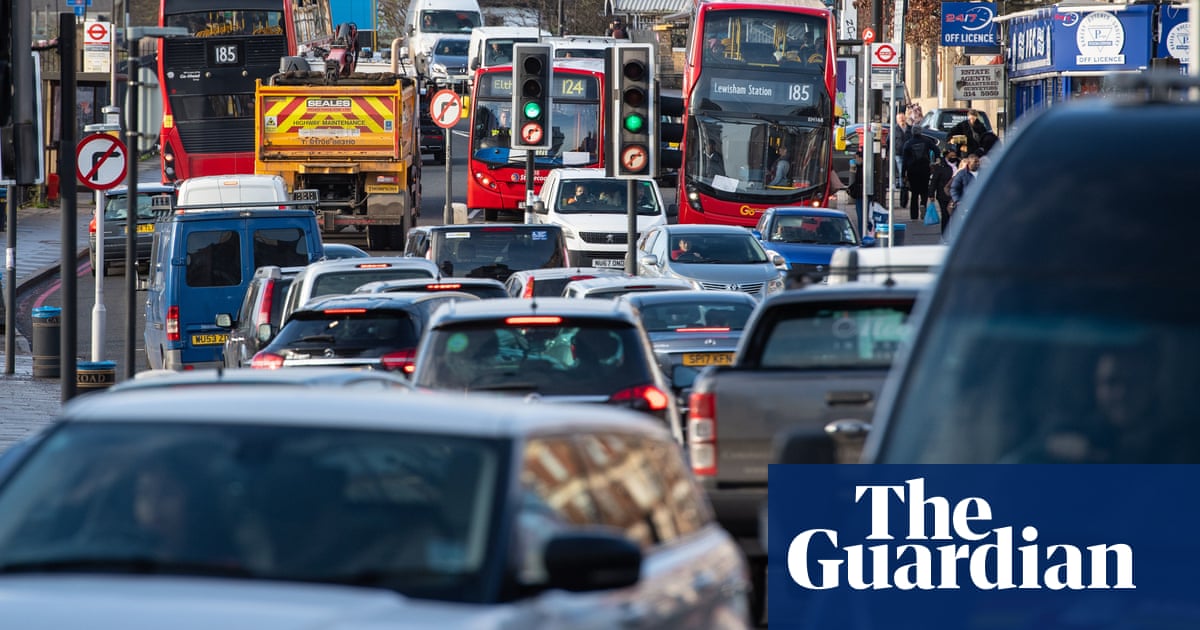
Every new school in England is being built in an area with unsafe levels of air pollution, according to a damning report that says thousands of children will experience “alarmingly poor” air quality.
Children are particularly vulnerable to the harmful effects of air pollution because their bodies, organs and immune systems are still developing.
An analysis has found that almost nine in 10 planned new school sites exceed three World Health Organization (WHO) targets on major air pollutants. And every single one of the schools breaches at least one of the guidelines.
The study, published in the journal Archives of Disease in Childhood, suggests thousands of children enrolling at the new schools face a major threat to their health because of their greater susceptibility to the effects of air pollution.
The study, led by Evelina London children’s hospital and King’s College London (KCL), called for air quality assessment to be mandatory at the proposal and planning stage of any new school building, and for national guidance and legislation to be updated.
“We hope this study can influence school proposers, designers and national policy,” the researchers wrote. “Children deserve protection from avoidable harm while at school.”
The WHO global air quality guidelines (AQG) set out numerical targets for annual exposure to major pollutants, including small particulate matter (PM2.5, PM10) and nitrogen dioxide (NO2).
Researchers identified 187 new schools to be built between 2017 and 2025 in England, and sites for 147 of these schools were acquired. They assessed air quality at those sites against the WHO air quality targets for PM2.5, PM10 and NO2, as well as against pollution levels across the UK.
The analysis found that 86% (126 out of 147) of the sites exceeded all three of the WHO targets, and every school location exceeded at least one.
Average readings of PM2.5 across all the sites were more than double those recommended by the WHO, the study found.
Pollutant levels were particularly high at sites in London, Birmingham, Manchester and Leeds, while those in other large cities, including Liverpool, Bristol and Newcastle, were relatively low.
Pollutant levels were lowest at sites in the counties of Devon and Cornwall, the analysis found.
The researchers acknowledged that they used annual averages to estimate air pollution levels at the new school sites, and that more granular data, incorporating different times of day and seasonality, would provide a more detailed picture.
However they concluded that the air quality around new schools approved and proposed to open in England was “alarmingly poor”.
The authors said: “The public health implications of avoidable childhood exposure to poor air quality could have significant effects on both the quality-adjusted life years of the population and financial health expenditure in the United Kingdom.”
The researchers called on the Department for Education to update the guidance on new school proposals to ensure air quality assessments were mandatory at the proposal stage.
Planning regulations should be updated to ensure air quality was included in the public consultation stage and that building and site designs minimised the impact of air pollution on children, they added.
“Unless current recommendations are replaced with mandatory standards, it is unlikely that those proposing or designing new schools will make these assessments unless there is an individual already involved in the process who is both well-informed and passionate about reducing the impact of pollution.”












